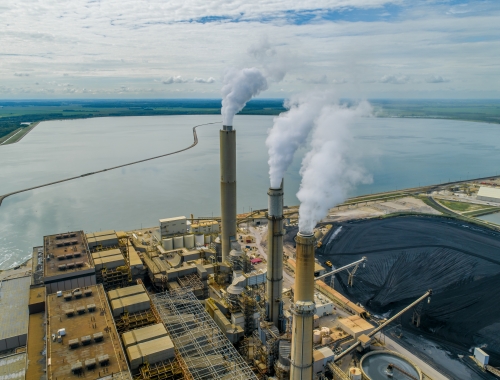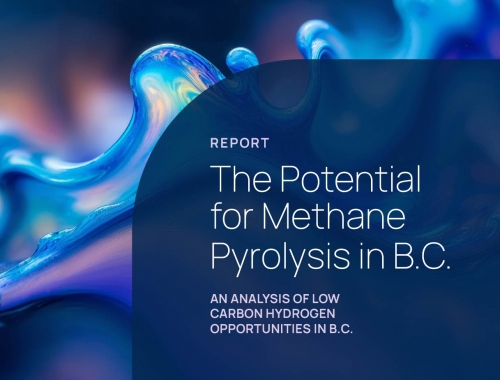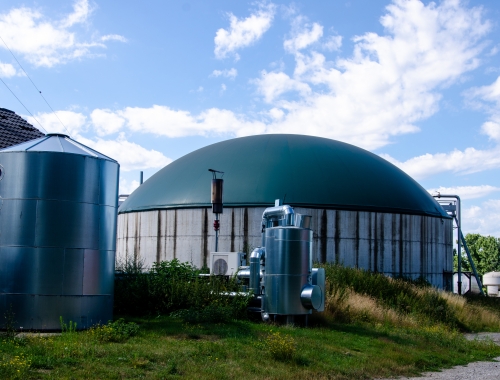GHGSat launches trio of GHG monitoring satellites
Quebec-based GHGSat said May 24 it had launched three new satellites, aimed at building out its methane emissions monitoring service.
The three satellites, named Luca, Penny and Diako, were carried into orbit by Elon Musk's spaceflight provider SpaceX.
Once in operation, the satellites will double GHGSat's operational fleet to six, thereby improving the availability of its methane emissions tracking service. By the end of 2023, GHGSat plans to launch a further four satellites, bringing its constellation to 10.
GHGSat is providing its high-resolution methane emissions data to the International Methane Emissions Observatory, part of the UN's environment programme.
GHGSat's founder and CEO Stephane Germain said: "Satellite monitoring of GHG emissions is critical to the fight against climate change. GHGSat is continually enhancing its ability to provide all stakeholders with the most reliable and up-to-date data and insights on emissions worldwide."
Germain gave Gas Pathways an exclusive, in-depth look at the company last November.
The business model focuses on methane because it is more potent than CO2, but with a much shorter atmospheric lifespan. That means reduction efforts will have a fast and considerable impact on the environment. Each GHGSat satellite is roughly the size of a microwave oven, and is 15kg in mass.
GHGSat currently aims to extend its customer base to mid-tier and small companies, having initially courted mainly larger players.
It was founded in 2011 and launched its demonstration satellite, Claire, in 2016. This was followed by a second satellite in September 2020, dubbed Iris, and a third, Hugo, in January 2021.
Higher resolution methane measurements enable emitters, communities and other stakeholders to better understand their emissions footprint. GHGSat uses the satellites to extract massive quantities of data from earth-bound sensors, for example on aircraft, drones or handheld cameras, using a data processing technique known as big data.
The Oil and Gas Climate Initiative (OGCI) is a key investor in GHGSat. Together with other oil and gas players, OGCI owns roughly a third of its equity. The rest is evenly split between institutional investors and its founding team.






